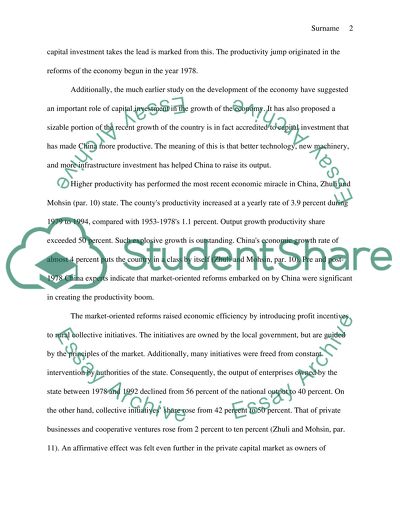Cite this document
(“Trade and investment issues between China and other econmies Essay”, n.d.)
Trade and investment issues between China and other econmies Essay. Retrieved from https://studentshare.org/macro-microeconomics/1681937-trade-and-investment-issues-between-china-and-other-econmies
Trade and investment issues between China and other econmies Essay. Retrieved from https://studentshare.org/macro-microeconomics/1681937-trade-and-investment-issues-between-china-and-other-econmies
(Trade and Investment Issues Between China and Other Econmies Essay)
Trade and Investment Issues Between China and Other Econmies Essay. https://studentshare.org/macro-microeconomics/1681937-trade-and-investment-issues-between-china-and-other-econmies.
Trade and Investment Issues Between China and Other Econmies Essay. https://studentshare.org/macro-microeconomics/1681937-trade-and-investment-issues-between-china-and-other-econmies.
“Trade and Investment Issues Between China and Other Econmies Essay”, n.d. https://studentshare.org/macro-microeconomics/1681937-trade-and-investment-issues-between-china-and-other-econmies.


